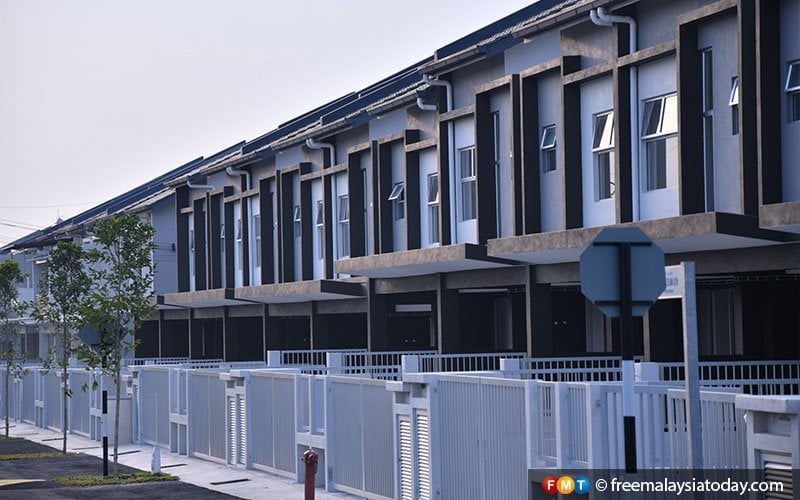
For potential homebuyers, understanding the market is key to balancing financial security, family needs, and investment goals for clear and confident decision-making. For sellers and investors, staying abreast of market trends is key to devising effective strategies.
Armed with knowledge, one can strategically avoid purchasing properties at market highs, thereby protecting their returns. Conversely, sellers can capitalise on favourable market conditions to achieve better returns by selling their properties when the market is strong.
Knowing the optimal time to buy, sell and/or invest can result in significant financial success or missed chances. To provide a clearer picture of where the Malaysian housing market stands today, here are six key indicators.
Do note, however, that the property market is dynamic and can be influenced by other variables beyond the following.
1. Property price trends
The ebb and flow of property prices is a primary indicator of market health. An upward trend often signifies high demand and a thriving market, whereas declining prices can indicate oversupply or waning interest.
Keep an eye on the historical price movements in various regions, as this can give insights into future trends.
2. Volume of transactions
The number of property transactions completed within a given period reveals much about market activity. A high volume of sales suggests a buoyant market, whereas a decline may indicate either reluctance among buyers or property prices that have become prohibitively high.
This metric helps in gauging the current supply-and-demand dynamics.
3. Construction and development activity
Observe the level of new construction and development projects: a surge in development can suggest optimism in the market, whereas a slowdown might hint at a saturated market or cautious investor sentiment.
This aspect is particularly telling in fast-growing urban areas.
4. Government policies and incentives
Government actions such as subsidies, tax incentives, and alterations to property laws have a substantial impact on the housing market. Subsidies can make purchasing homes more attainable, thus boosting demand, while tax incentives can make homeownership more financially attractive.

Alterations to these incentives can have a dampening effect on the market. Moreover, legislative adjustments in property laws, including zoning and building regulations, can either promote or limit property development, which, in turn, influences housing supply and pricing.
Therefore, it is crucial to keep well-informed about government policies that can create fresh opportunities or challenges.
5. Rental market dynamics
The state of the rental market can reflect the overall health of the housing sector. High demand and rising rental prices usually indicate robustness, whereas an oversupply of rental properties may suggest a slower sales market.
6. Economic indicators
The strength of the economy, as measured by GDP growth, can reflect the state of the housing market. A robust economy usually supports a vigorous market as it boosts consumer confidence and financial stability.
Conversely, in times of economic uncertainty or downturns, there is often reluctance among buyers and investors, which slows down the market.
Interest rates, too, are a critical factor: lower rates make mortgage loans more accessible and affordable, encouraging people to buy homes. This can lead to increased demand and potentially higher property prices.
In contrast, higher interest rates may deter potential buyers, leading to a slowdown. So, keep abreast of interest-rate trends to understand and anticipate market movements.
Furthermore, the state of employment has a profound impact on the real estate sector. When employment levels are high, it often translates into greater financial stability for individuals, thereby increasing their capacity to purchase property.
On the flipside, elevated unemployment can have a dampening effect on the market: a reduction in financial security leads to a decline in the number of potential homebuyers, thus softening property demand.
This article originally appeared on MyPF. To simplify and grow your personal finances, follow MyPF on Facebook and Instagram.















POST YOUR COMMENTS